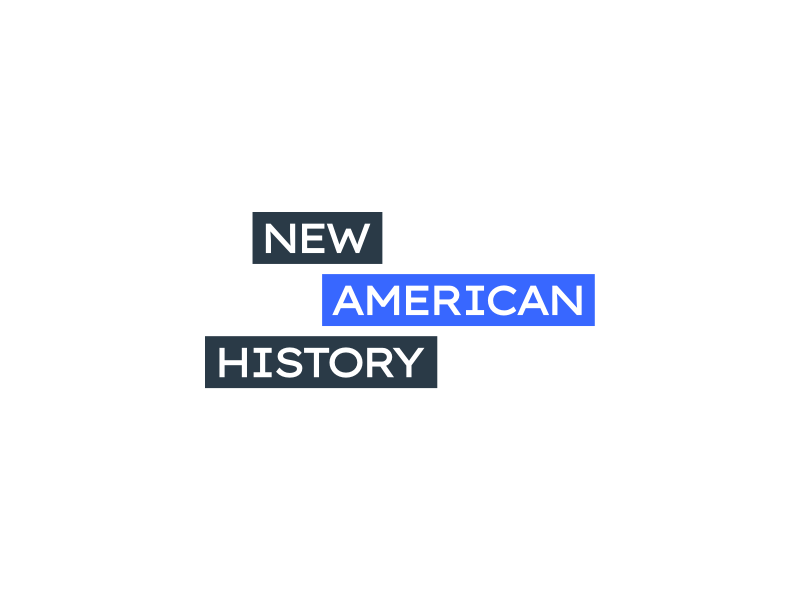The curated resources linked below are an initial sample of the resources coming from a collaborative and rigorous review process with the EAD Content Curation Task Force.
 Reset All
Reset All
This is a fourth grade resource that guides students through the diverse experiences of immigrants that traveled to New York in the mid-nineteenth and early twentieth century. Students will use primary sources to form an argument to answer the question: Did the American Dream come true for immigrants in New York?

The Roadmap




C3 Teachers


GeoCivics aims to empower all people to be active participants in the redistricting process. We provide a suite of state-based educational resources that prepares everyday people to discuss apportionment, redistricting, gerrymandering through the use of Geographic Information Systems (GIS).

The Roadmap



GeoCivics Project at the University of Colorado Colorado Springs


Students will use an 1861 map and the Emancipation Proclamation to learn where slavery ended, what states still allowed slavery, and what states did not allow slavery. Follow-up questions will promote higher-level learning by requiring students to recognize cause-and-effect relationships.
The Roadmap




National Underground Railroad Freedom Center

Why did Germans immigrate to the Upper Midwest in the late-nineteenth and early-twentieth century? What contributions did they make to the region's cultural heritage? Students use Library of Congress photographs and documents to answer these questions and others while strengthening their German language skills.
The Roadmap




Library of Congress

In this four-mystery/lesson unit, students will explore the trade of Africans by Europeans by following the narrative of Kossula Cudjo Lewis and exploring primary sources from the Library of Congress and other sources. Mr. Lewis was an African who was taken prisoner when he was 19 years old and traded by the Dahomey to Americans and enslaved in Alabama. He would gain his freedom at the end of the Civil War and help to found Africatown in Alabama. His narrative is central to all four mysteries/lessons in this unit.

The Roadmap




History's Mysteries Historical Inquiry for Elementary Classrooms


This inquiry-based learning resource includes visualizations and data resources for students to track their own district’s legislative history and to explore regional and national patterns including roll call votes in order to see the transformation of party systems and their ideologies, to track the careers of individual legislators, and to observe the expansion of Congress.

The Roadmap




New American History

This DBQuest will walk you through the primary sources that illustrate the interplay between Congress and the executive branch during the negotiation of the Louisiana Purchase in 1803.

The Roadmap




iCivics, Inc.


Created in collaboration with representatives of the Poarch Band of Creek Indian, this guide highlights the difficult choices faced by Creek people during the Creek War, with emphasis on the ways that colonization, in particular the Federal Road and the "Plan of Civilization," influenced the war.

The Roadmap




David Mathews Center for Civic Life


"How does water shape our lives?" is a four-mystery/lesson unit on 19th century industry and immigration which uses the story of William Skinner to help students explore primary sources about push and pull factors, the use of water in the development of industry, and the lives of workers in 19th century Holyoke, Massachusetts.

The Roadmap




History's Mysteries Historical Inquiry for Elementary Classrooms





